Millets have staged a remarkable resurgence in the 21st century, reclaiming their status as valuable grains due to their multifaceted benefits in modern living. These ancient grains, encompassing varieties like sorghum, pearl millet (bajra), finger millet (ragi), and more, have gained popularity owing to their nutritional density, adaptability to diverse diets, and sustainable cultivation practices. Rich in essential nutrients like vitamins, minerals, antioxidants, and dietary fiber, millets cater to the contemporary quest for nutrient-rich foods. They offer a gluten-free option for those with dietary sensitivities, aligning with evolving dietary preferences. Their hardiness, requiring fewer resources for cultivation, resonates with sustainability and environmental consciousness. Millets' culinary versatility allows for innovative cooking applications, from breakfast cereals to baked goods, salads, and main dishes, contributing to their growing appeal. Additionally, their potential health benefits, including cholesterol management, digestive support, and blood sugar regulation, align with the wellness-oriented approach embraced by health-conscious consumers in the 21st century. As such, millets have emerged as a staple in modern diets, reflecting their significance in addressing contemporary dietary, nutritional, and sustainability needs.
Table of Contents
Is Millet An Ancient Grain?
Millet is considered an ancient grain. It has been cultivated for thousands of years and holds a significant place in human history as one of the earliest domesticated crops. Millets were staple foods in many ancient cultures across Africa, Asia, and parts of Europe. These grains, which include various types like sorghum, pearl millet (bajra), finger millet (ragi), foxtail millet, and more, have been a fundamental part of traditional diets for centuries. Millets were revered for their hardiness, adaptability to diverse climates, and nutritional richness, making them a crucial source of sustenance in ancient civilizations. Their resilience and nutritional value have led to a renewed interest in these grains in modern times due to their potential health benefits and suitability for contemporary dietary preferences, despite being labeled as "ancient grains."
How Is Millet Used In Modern Cooking?
Millets have found significant use in modern cooking due to their versatility, nutritional value, and adaptability to various culinary styles. Here's how millets are employed in modern cuisine:
- Gluten-Free Alternative: With an increasing number of individuals following gluten-free diets due to sensitivities or preferences, millets serve as an excellent gluten-free substitute in numerous recipes, including baking, porridges, and other dishes.
- Nutrient-Rich Ingredient: Millets are packed with essential nutrients like vitamins, minerals (such as magnesium, iron, and phosphorus), antioxidants, and dietary fiber. They are utilized in a variety of dishes to enhance their nutritional content and offer a healthful addition to the diet.
- Diverse Culinary Applications: Millets are adaptable and can be incorporated into a wide range of dishes. They can be used in breakfast cereals, salads, soups, stews, pilafs, baked goods like bread and muffins, and as a rice substitute in various cuisines.
- Innovative Cooking Methods: Chefs and home cooks alike experiment with millets in innovative cooking methods. They can be popped like popcorn, ground into flour for baking, used as a base for porridge, or incorporated into savory dishes for added texture and flavor.
- Health-Focused Recipes: Due to their potential health benefits such as managing cholesterol levels, aiding digestion, and supporting heart health, millets are incorporated into health-focused recipes tailored to address specific dietary needs and wellness goals.
Ancient Grain, Modern Benefits: Millets For 21st Century:
Millets, once considered ancient grains, have made a remarkable comeback in the 21st century due to their numerous health benefits and adaptability to modern lifestyles. Millets are packed with essential nutrients such as vitamins, minerals (like magnesium, iron, and phosphorus), antioxidants, and dietary fiber, catering to the growing demand for nutrient-dense foods in contemporary diets.
As gluten sensitivities and celiac disease become more prevalent, millets serve as an excellent gluten-free substitute in various recipes, offering a safe option for individuals with gluten intolerances. Millets boast potential health benefits such as managing cholesterol levels, aiding digestion, supporting heart health, and regulating blood sugar levels, aligning perfectly with the current emphasis on holistic health and wellness practices.
Millets are hardy, resilient crops that require fewer resources like water and fertilizers compared to some other grains. Their cultivation aligns with sustainable farming practices and contributes to environmentally conscious choices. Millets offer culinary diversity and versatility, suitable for an array of dishes including porridges, baked goods, salads, pilafs, and more. Their adaptability caters to modern food trends that emphasize diverse and innovative cooking methods.


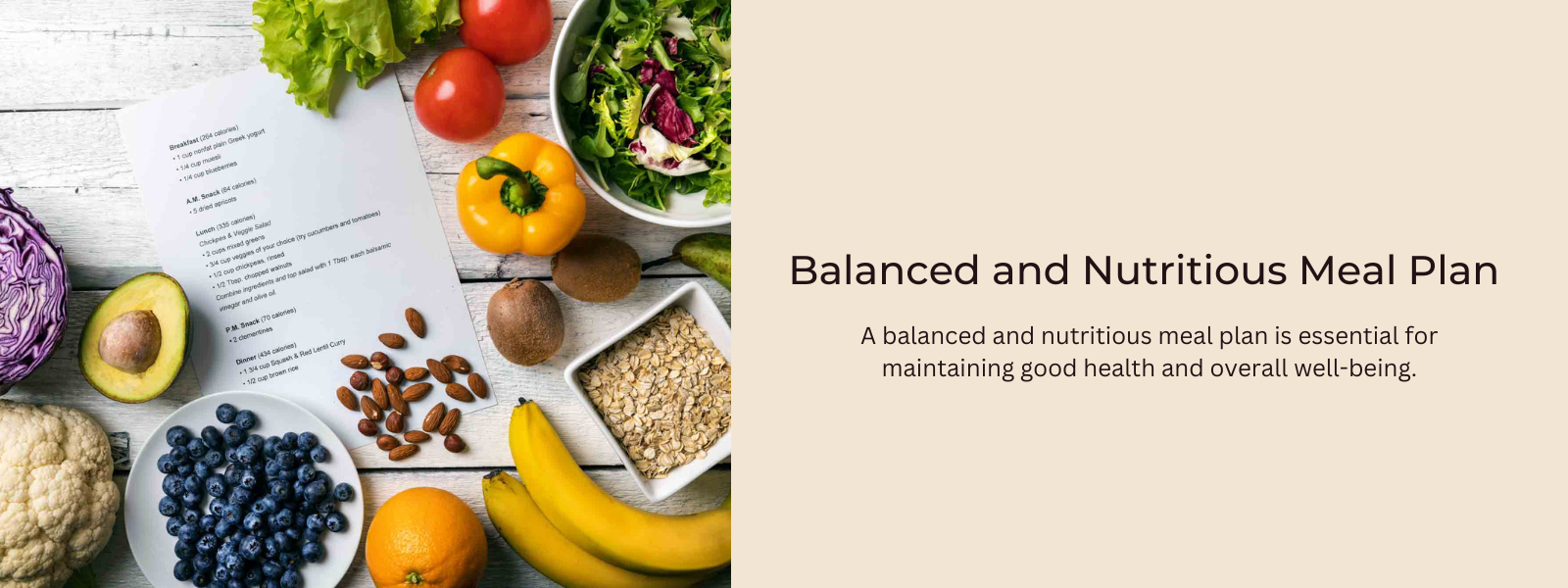
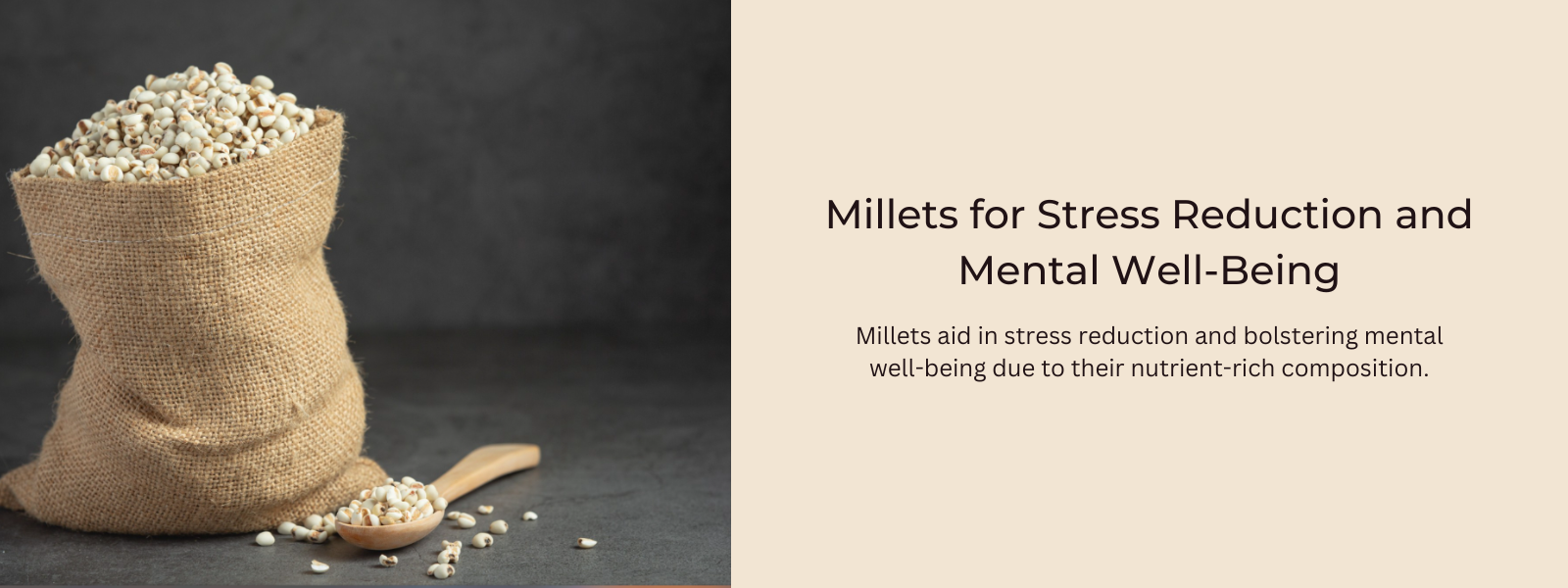
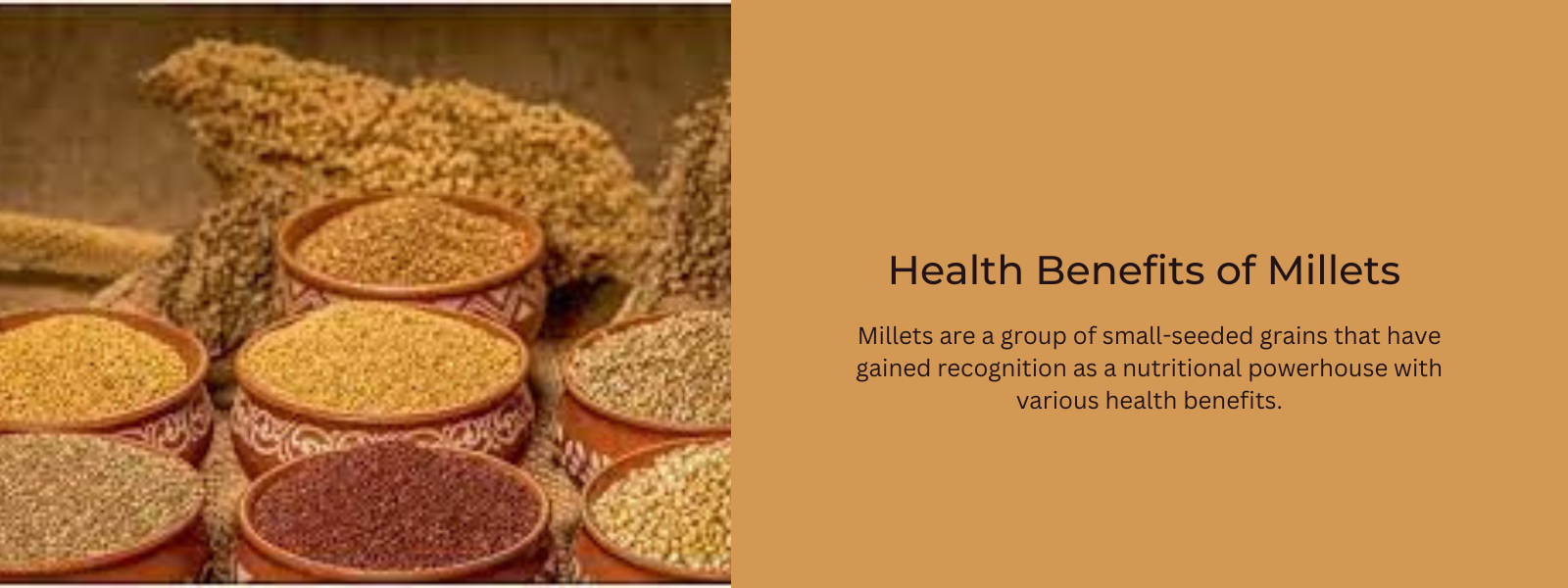
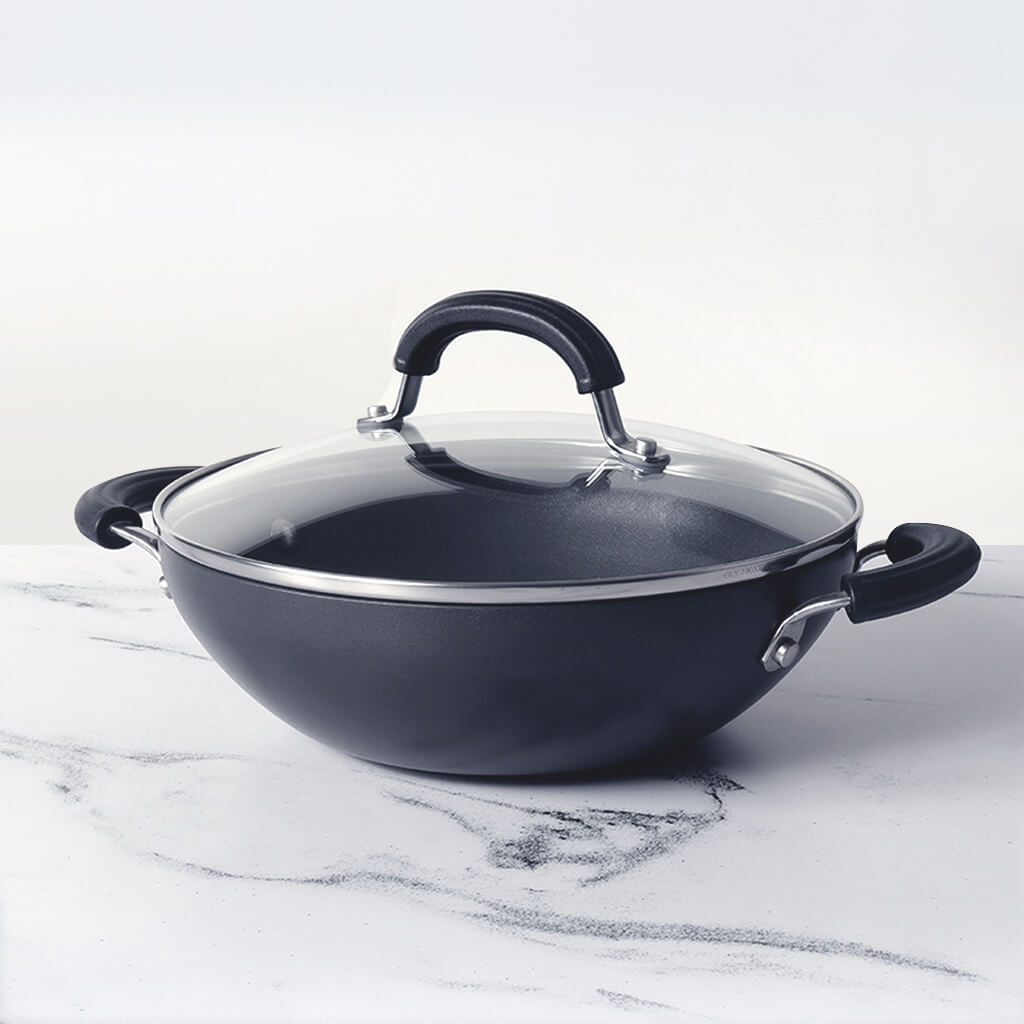
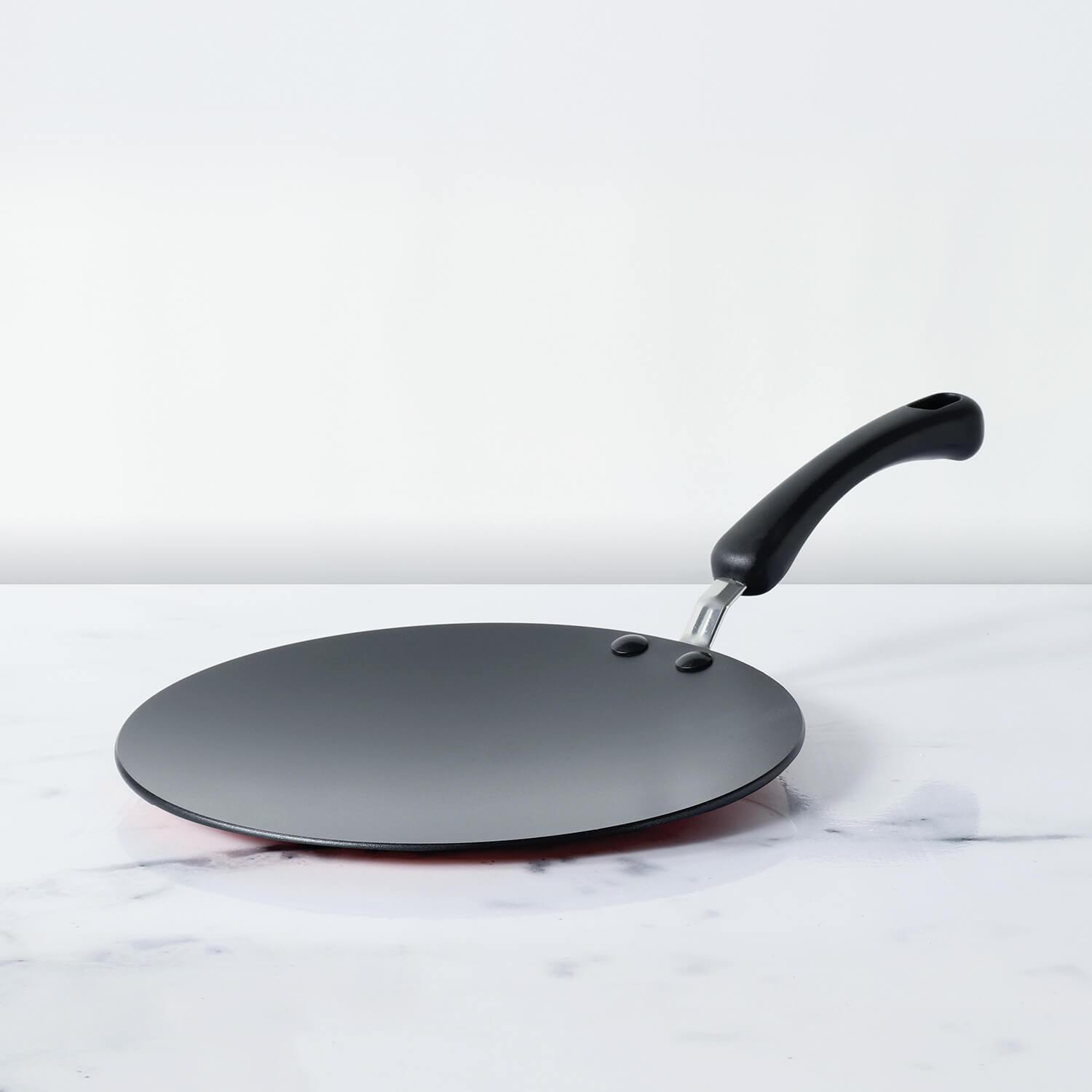




Leave a comment